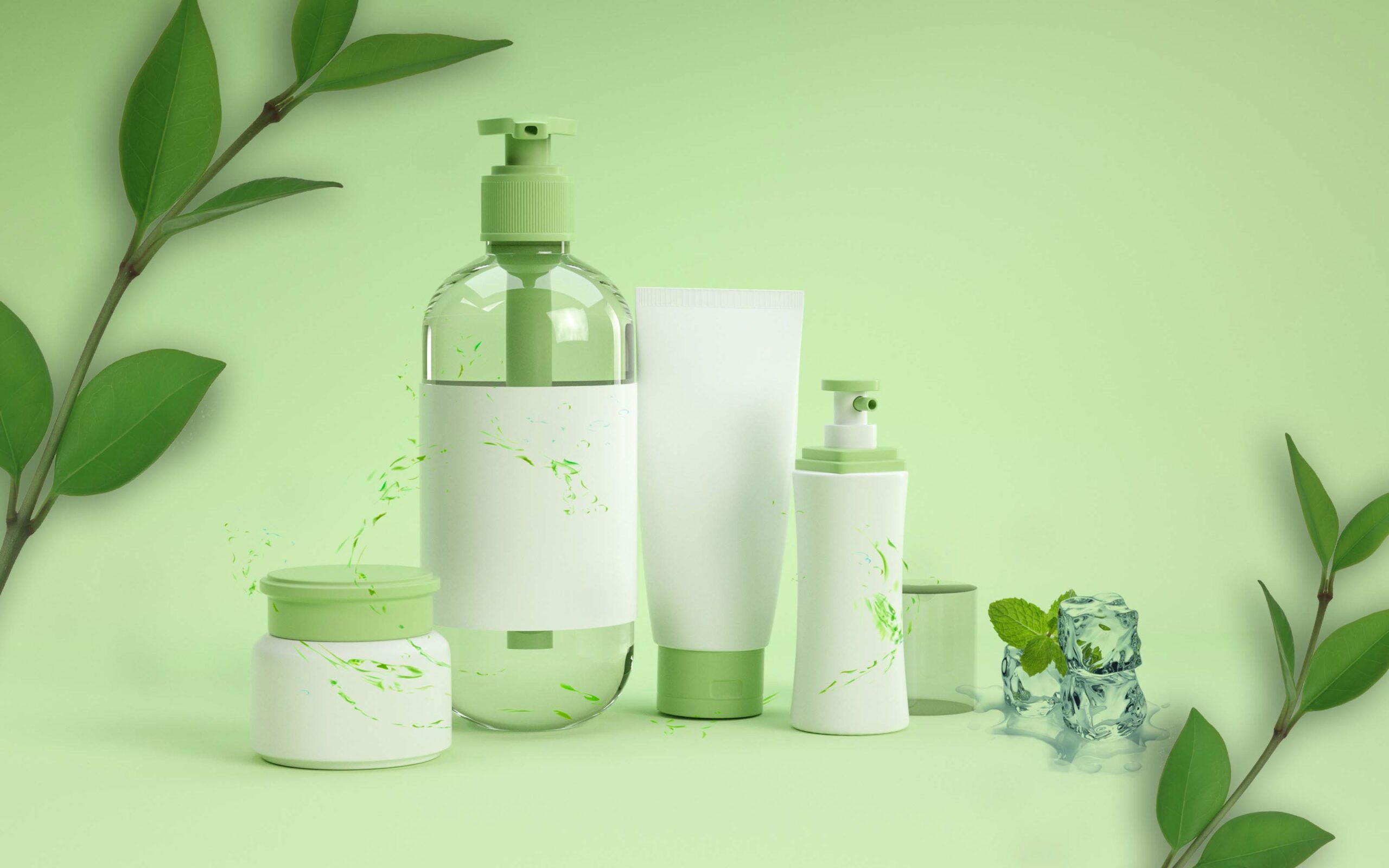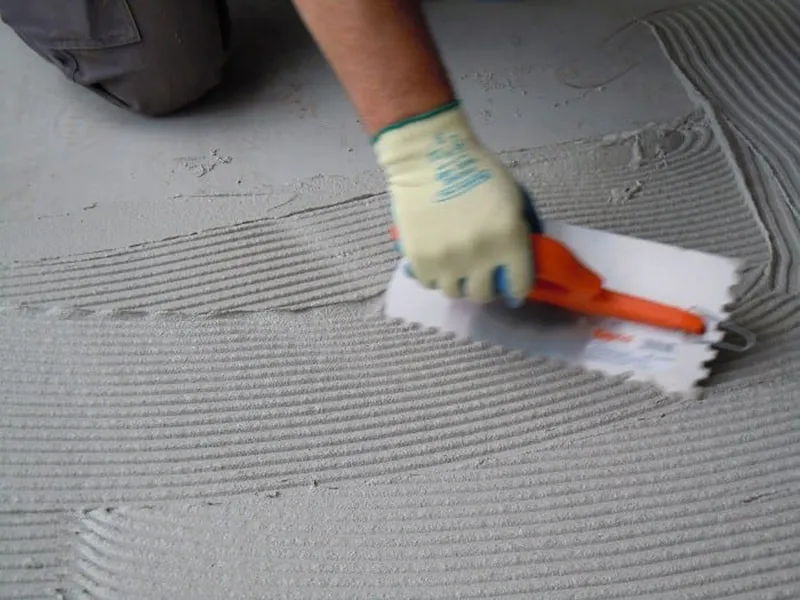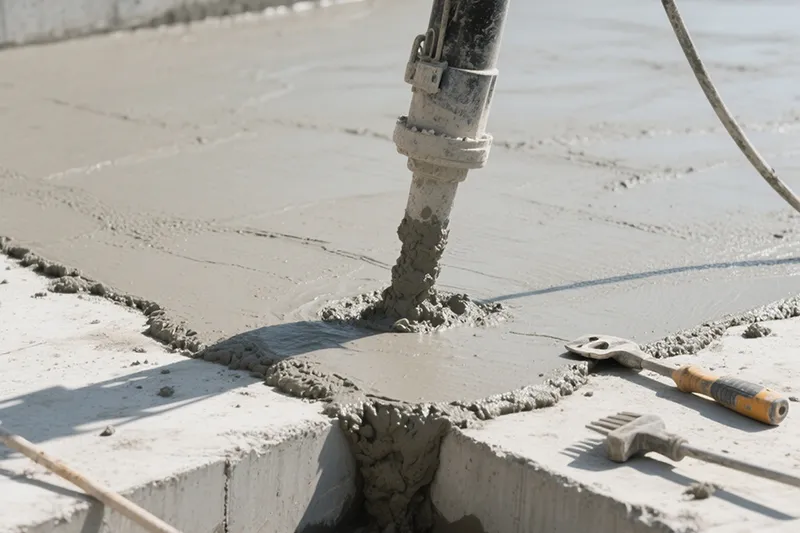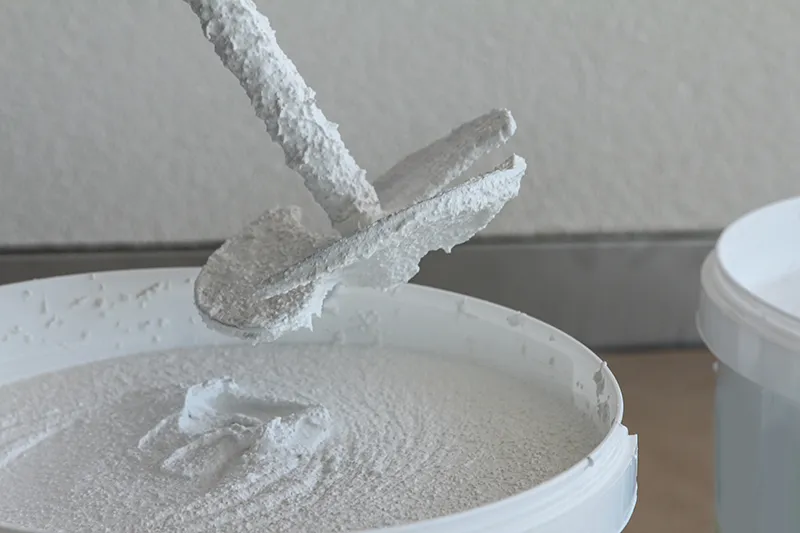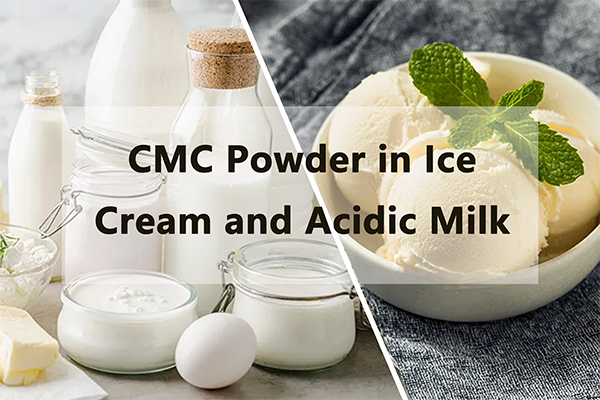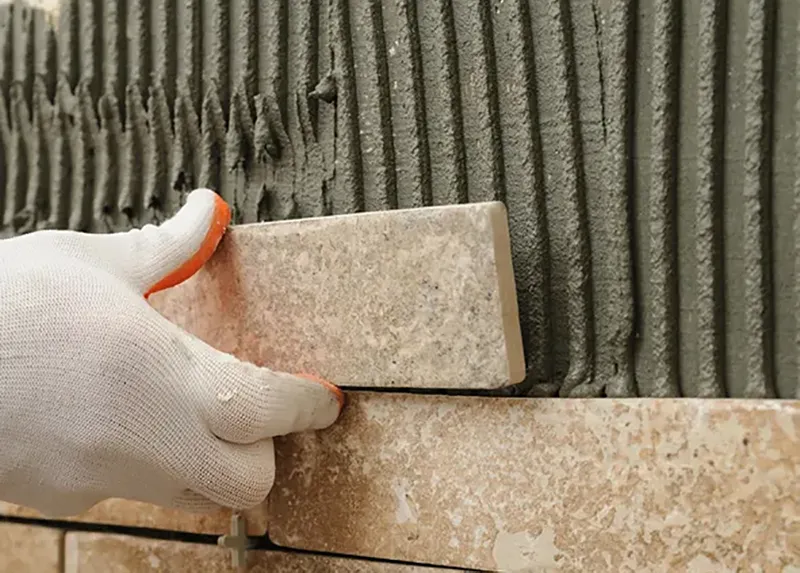I. Global Development Trends in Coatings

1. Sustainability and Environmental Innovation
2. High-performance coatings for a variety of applications
3. Digitalization and data-driven development
The digital transformation of the coatings industry is advancing rapidly, bringing automation, data analysis, and digital sales strategies to the forefront. This trend not only affects the way coatings are produced, but also affects R&D and customer interaction. Cellulose suppliers are also adopting digitalization to streamline production and improve product quality, ensuring consistency and performance of each batch of products delivered to the coatings industry.
In order to maintain consistent quality, coatings producers are progressively automating their processes, and cellulose suppliers are doing the same. The performance of the finished coated product is directly impacted by the ability of sophisticated technology and automated systems in cellulose production facilities to accurately regulate product attributes including viscosity and particle size.
II. Coatings market prospects
With the acceleration of urbanization and the development of the real estate market, the demand for architectural coatings continues to increase. The analysis of the current status of the coatings market points out that both new buildings and renovation projects require coatings for protection and decoration.
The industrial coatings and automotive coatings markets are also expanding. The demand for high-performance coatings from automakers and industrial equipment manufacturers is rising to improve the durability and appearance of their products.
The increasing demand for low-volatile organic compound (VOC) coatings has driven the development of water-based coatings and environmentally friendly coatings. Such coatings are more in line with modern environmental standards and have a positive impact on the market.
The Asia-Pacific region, especially China and India, has become an important growth point in the coatings market due to its rapid economic growth and infrastructure construction needs.
In general, the coatings market is currently showing steady growth, intensified competition, product diversification and widespread application. In the future, with increasingly stringent environmental regulations and increasing consumer demand, the coatings industry will continue to develop in the direction of environmental protection, high performance and intelligence.
III. Collaboration

IV. Summary
As the demand for environmentally friendly and high-performance coatings continues to grow, the cellulose industry will continue to play a core role in supporting these trends. By aligning its products with these needs, the cellulose industry can strengthen its position in the global coatings market and promote innovation and sustainable growth.


